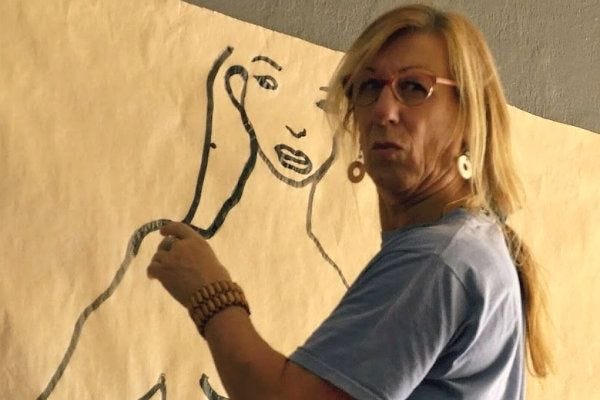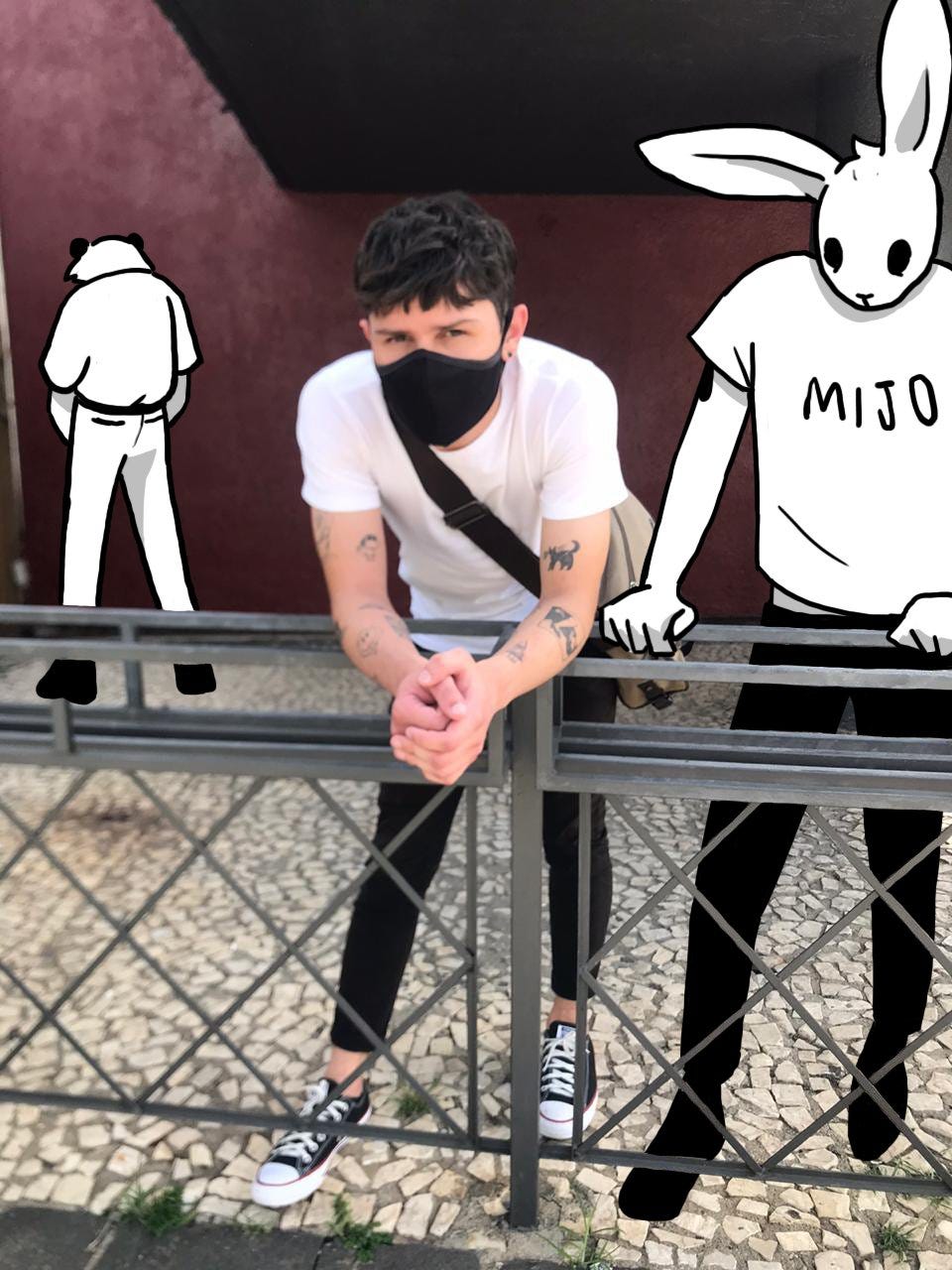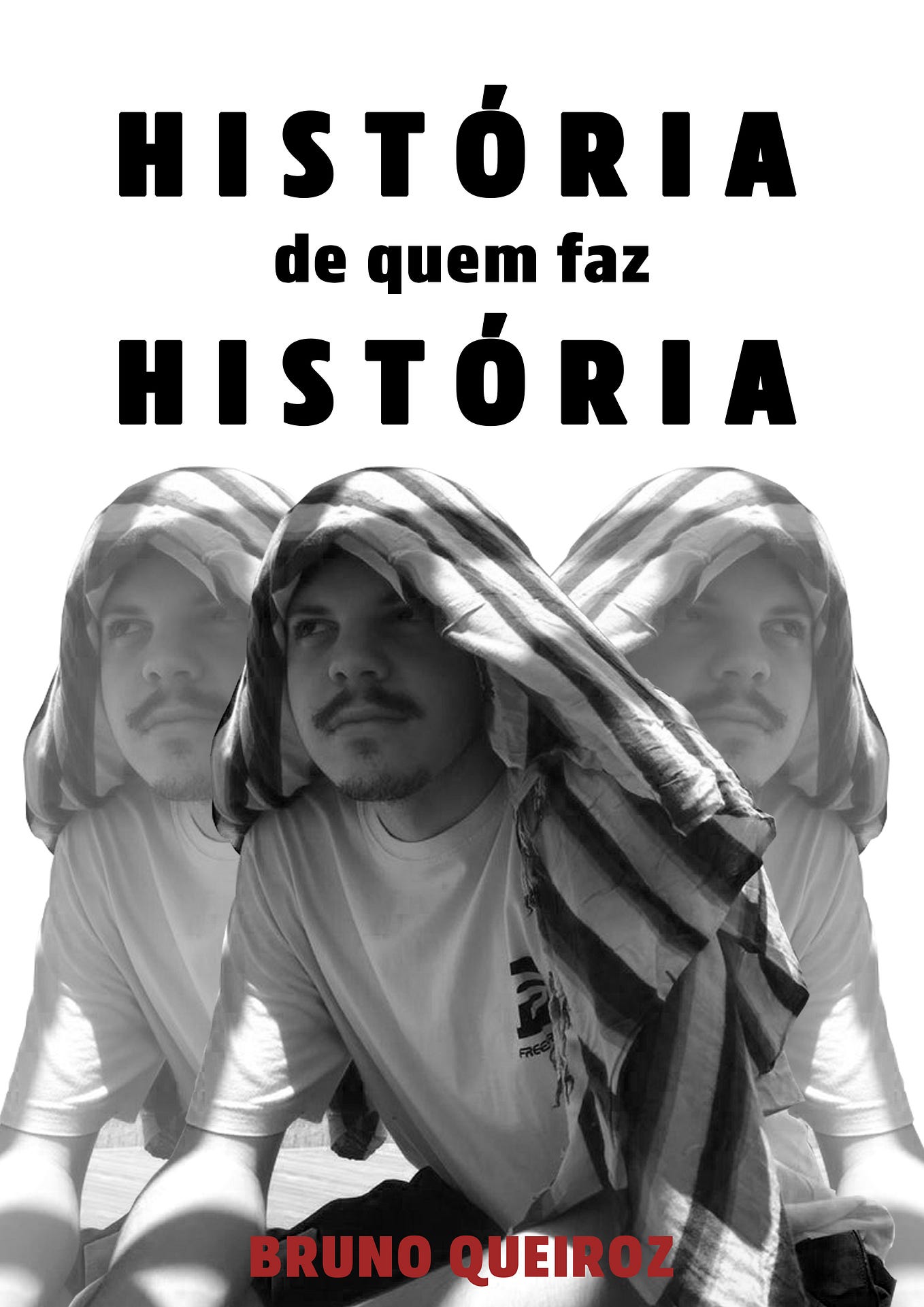Laerte Coutinho, a cartoon in history
Exist brazilian traditions instantly recognized for excellence, such as popular music: cultural lineages, series and heritages that combine a wide audience reach with a high load of social, reflective and philosophical criticism. Not only are they successful — making their creators more or less money — but they also awaken and stir up thinking about Brazil in the world, and vice versa. Less popular than MPB, the national comic (cartoon, comic strip) is one of them.
To tell this story — which is not mine, but part of me — we need to go back to 2011, when my parents signed a newspaper and every Sunday morning we received it on our balcony. At that time, I still didn’t feel interested in politics, much less football (I still miss Botafogo F.C 2010), but I had fun opening the “middle pages” where there were several comic strips and hobbies for unpretentious readers.
Those comic strips enchanted and inspired me as never before, even without understanding for sure what the criticisms represented were about, I loved the horrible features of Angeli, the faithful portrait of Headquarters of Recruta Zero and especially, the simplicity and subtlety of Laerte.
Laerte Coutinho, or simply Laerte is a Brazilian cartoonist considered one of the most important artists in the country. Present in newspapers and magazines since the late 70s. In addition to his work as a cartoonist, Laerte covered 3 cups for the State of São Paulo in 78, 82 and 86. He also had his creative participation in programs on the Globo network and currently publishes his art at Folha de São Paulo.
Laerte is responsible for the creation of several characters present in Brazilian culture (Piratas do Tietê, Hugo / Muriel, Suriá, the swallow Lola and even Deus), especially if we take into account the training of students since, their cartoons make it possible to reflect and understand our current affairs.
His current strips deal with topics such as: current national politics, maturity and problems present in social structures. Full plate for discussions on twitter.
The Laerte’s comics, like its author, have been a lot: engaged, comical, humorous, ironic, tragic, dramatic, poignant. Often, more than one at the same time; sometimes, all. From direct political participation, with drawings for movements of the left, to comic strips for children, from there to more experimental comics and back to direct political participation, with drawings for the struggle for the breadth of gender identities. His work testifies to the coexistence of otherness and coherence.
The artist itself is constantly evolving, reinventing itself, always open to the current world. Willing to be in a position on the more human side of society.
What marks Laerte as part of the history of art in Brazil is its ability to make its characters portraits of reality, bringing to its audience an identification with what is portrayed. In such a difficult period in the country provided by the mismanagement of a chaotic government, art fulfills its role once again, of rebuking and surviving by reporting and exposing national neglect; Laerte Coutinho remains active and firm, defending culture and freedom of expression.
text by Bruno Queiroz Marvila, follow me on twitter — @bruninqrz










